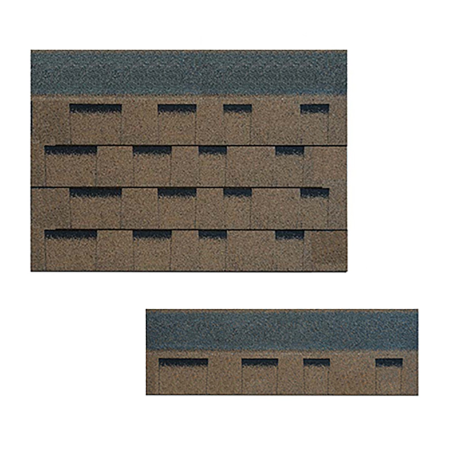
Sen . 30, 2024 07:27 Back to list
Innovative 3D Roof Design Concepts for Modern Architecture and Sustainable Living
Exploring the Architectural Marvel of 3D Dimensional Roofs
In today's architectural landscape, innovation is at the heart of creating functional yet aesthetically pleasing structures. One fascinating aspect of modern architecture is the use of 3D dimensional roofs. These roofs not only serve the practical purpose of shelter but also transform the visual expression of buildings, becoming a statement of design and engineering ingenuity.
Exploring the Architectural Marvel of 3D Dimensional Roofs
One of the notable advantages of 3D dimensional roofs is their ability to improve the functionality of a building. The varied shapes allow for better rainwater drainage, reducing the likelihood of leaks and water damage. Furthermore, the contours created by these roofs can enhance insulation, thereby promoting energy efficiency. For instance, the overhangs and varied slopes can help in managing solar gain, keeping interiors cooler during hot months and warmer in the colder seasons. This interplay of design and efficiency makes 3D roofs an attractive choice for both residential and commercial buildings.
3 dimensional roof

From an aesthetic perspective, 3D dimensional roofs can redefine the visual essence of architecture. They create a unique interaction with light, casting shadows and reflections that change throughout the day. The incorporation of skylights or transparent roofing elements can further enhance this effect, introducing natural light into spaces while maintaining an artistic appeal. Buildings with these roofs often become iconic landmarks, as seen in structures like the Sydney Opera House and the Guggenheim Museum in Bilbao. These designs captivate observers, drawing them in and creating a sense of wonder.
Moreover, the growing emphasis on sustainability in architecture has led to an increased interest in 3D dimensional roofs, particularly in the integration of green technology. The multidimensional surfaces can serve as a base for green roofs or living walls, which contribute to biodiversity and improve urban air quality. This green approach aligns with the holistic goals of modern architecture, merging nature with built environments, thus promoting ecological balance and sustainability.
However, designing and constructing 3D dimensional roofs comes with its challenges. The complexity of the shapes necessitates advanced engineering techniques and careful planning. Structural integrity must be prioritized to ensure that these roofs can withstand environmental stresses like wind, rain, and snow. Additionally, the costs associated with materials and advanced construction practices can be higher compared to conventional roofing methods. It requires a collaborative effort between architects, engineers, and builders to realize these ambitious designs without compromising safety or budget.
In conclusion, 3D dimensional roofs represent a captivating intersection of art, engineering, and sustainability in modern architecture. They offer a unique blend of functionality and beauty, challenging traditional notions of roofing while providing innovative solutions for energy efficiency and water management. As architects continue to push the boundaries of design, the prevalence of 3D dimensional roofs is likely to grow, leading to the emergence of more iconic structures that reflect the dynamic landscape of contemporary architecture. By integrating these roofs into our buildings, we not only embrace the creativity of design but also acknowledge the importance of building sustainably in our ever-evolving world.
-
Premium Stone Coated Metal Roof Tiles | Spain Tile
NewsAug.05,2025
-
Types of Roof Shingles: Durable Styles & Materials
NewsAug.04,2025
-
Different 3 Tab Shingles Types | Affordable & Durable Roofing
NewsAug.03,2025
-
Moonlight White HIREFLE Granules with GPT-4 Turbo
NewsAug.02,2025
-
Premium Round Asphalt Shingles: Durable & Elegant Roofing
NewsAug.01,2025
-
Eco-Friendly Clay Tiles | AI-Enhanced Durability
NewsJul.31,2025







